- The Sahara Desert Grows Bigger Every Year, Study Finds - August 6, 2025
- Amazon Rainforest Makes Its Own Clouds, Experts Say - August 6, 2025
- The 13 Snowiest States in the U.S. – And It’s Not Just Alaska - August 4, 2025
Scientists Discover the Amazon’s Hidden Cloud Factory
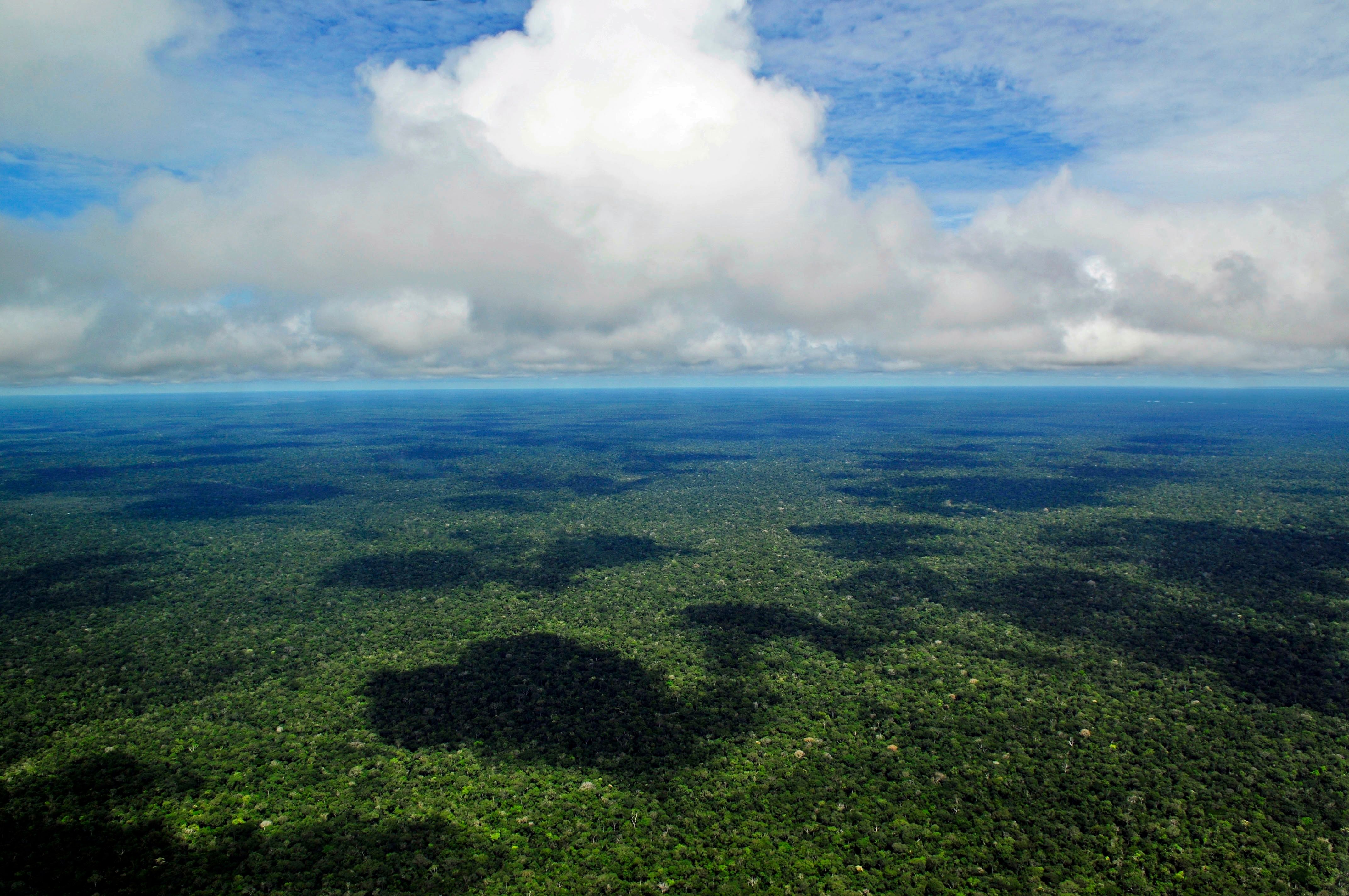
Deep in the heart of the Amazon rainforest, something remarkable happens every single day that most people never even notice. A new study gives the first observational evidence that the southern Amazon rainforest triggers its own rainy season using water vapor from plant leaves. This groundbreaking discovery wasn’t made by watching clouds form from the forest floor, but through careful satellite observations high above the canopy. The study analyzed water vapor data from NASA’s Tropospheric Emission Spectrometer (TES) on the Aura satellite, along with other satellite measurements, to show that at the end of the dry season, clouds that build over the southern Amazon are formed from water rising from the forest itself. What researchers found changed everything we thought we knew about how one of Earth’s most vital ecosystems sustains itself.
The Forest’s Breathing Process Creates Sky Rivers
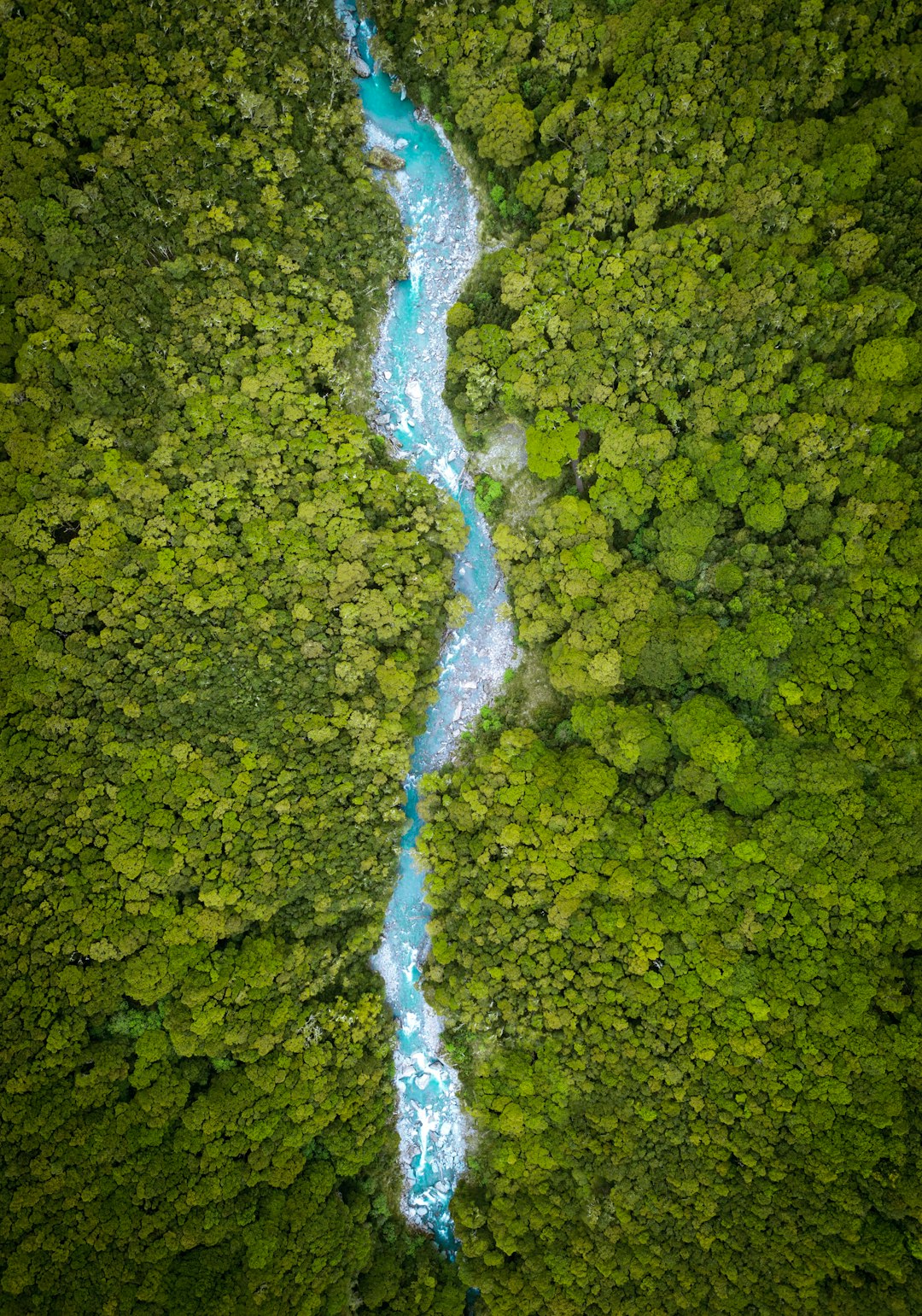
Picture this: every single day, the Amazon rainforest releases an almost unimaginable amount of water into the atmosphere. It is estimated that the Amazon’s plants transpire around 20 billion metric tons of water into the atmosphere daily. This is more than the flow of the Amazon River itself. Through a process called transpiration, plants essentially breathe out water vapor as they photosynthesize, creating what scientists now recognize as atmospheric rivers flowing through the sky. The scale of this natural phenomenon dwarfs many human-made systems and plays a crucial role in the planet’s water cycle.
Thunderstorms Act Like Nature’s Vacuum Cleaners
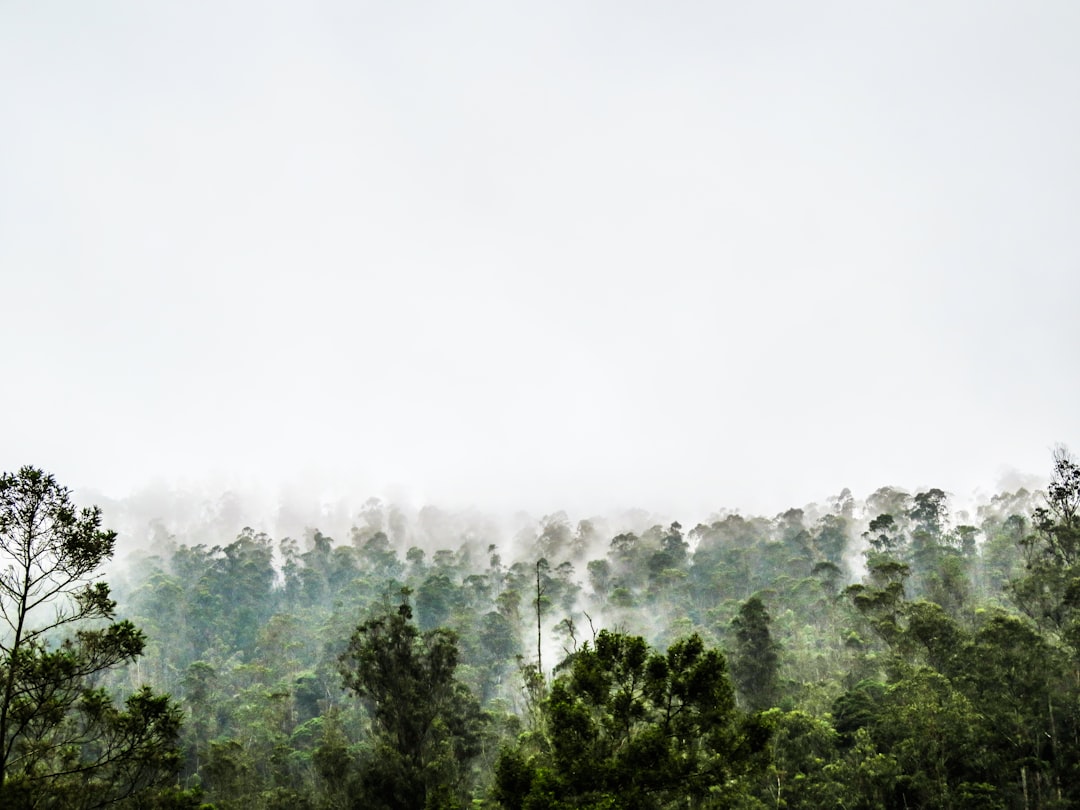
The Amazon’s thunderstorms aren’t just impressive light shows – they’re actually sophisticated atmospheric machines working around the clock. Tropical storms suck up isoprene “like a vacuum cleaner” and pump it up and spray it out some 8 to 15 kilometers above the trees. The rainforest in the Amazon basin transpires vast amounts of gaseous isoprene, and nocturnal thunderstorms transport the isoprene to an altitude of up to 15 kilometers. These nighttime storms are particularly important because isoprene molecules that would normally break down quickly during the day can survive and get lifted high into the atmosphere. They bind with nitrogen oxides produced by lightning during the thunderstorm and many of these molecules can then cluster to form aerosol particles of just a few nanometers. It’s like the forest has its own natural elevator system for cloud-making ingredients.
Chemical Reactions at Minus Fifty Degrees Transform Everything

High above the forest canopy, in the brutally cold upper atmosphere, something almost magical happens to those plant molecules. At the extremely low temperatures that prevail at these high altitudes, the rainforest molecules are transformed into compounds different from those near the ground. People at CERN were involved in testing the reactions at minus 30°C and minus 50°C. Scientists discovered that these frigid conditions create entirely new chemical pathways that wouldn’t exist closer to ground level. The transformation is so complete that molecules behave in ways researchers never expected, forming the building blocks for cloud formation in ways that completely escaped climate models.
Popcorn Clouds Reveal the Forest’s Daily Rhythm

If you’ve ever flown over the Amazon during the dry season, you might have noticed something that looks almost too perfect to be natural. A uniform layer of tiny “popcorn” clouds covers the Amazon Rainforest, and these clouds likely formed from water vapor released from trees and other plants throughout the day. The clouds are distributed evenly across the forest, but no clouds formed over the rivers. This isn’t a coincidence – it’s evidence of the forest’s incredible ability to manufacture its own weather. Land warms more quickly than water and gives off more heat during the day, and the hot air from the land rises, carrying water vapor from both evaporation and transpiration with it. The pattern is so consistent that it serves as a visual signature of the forest’s cloud-making power.
Isotopes Reveal the Forest’s Fingerprint in Every Raindrop
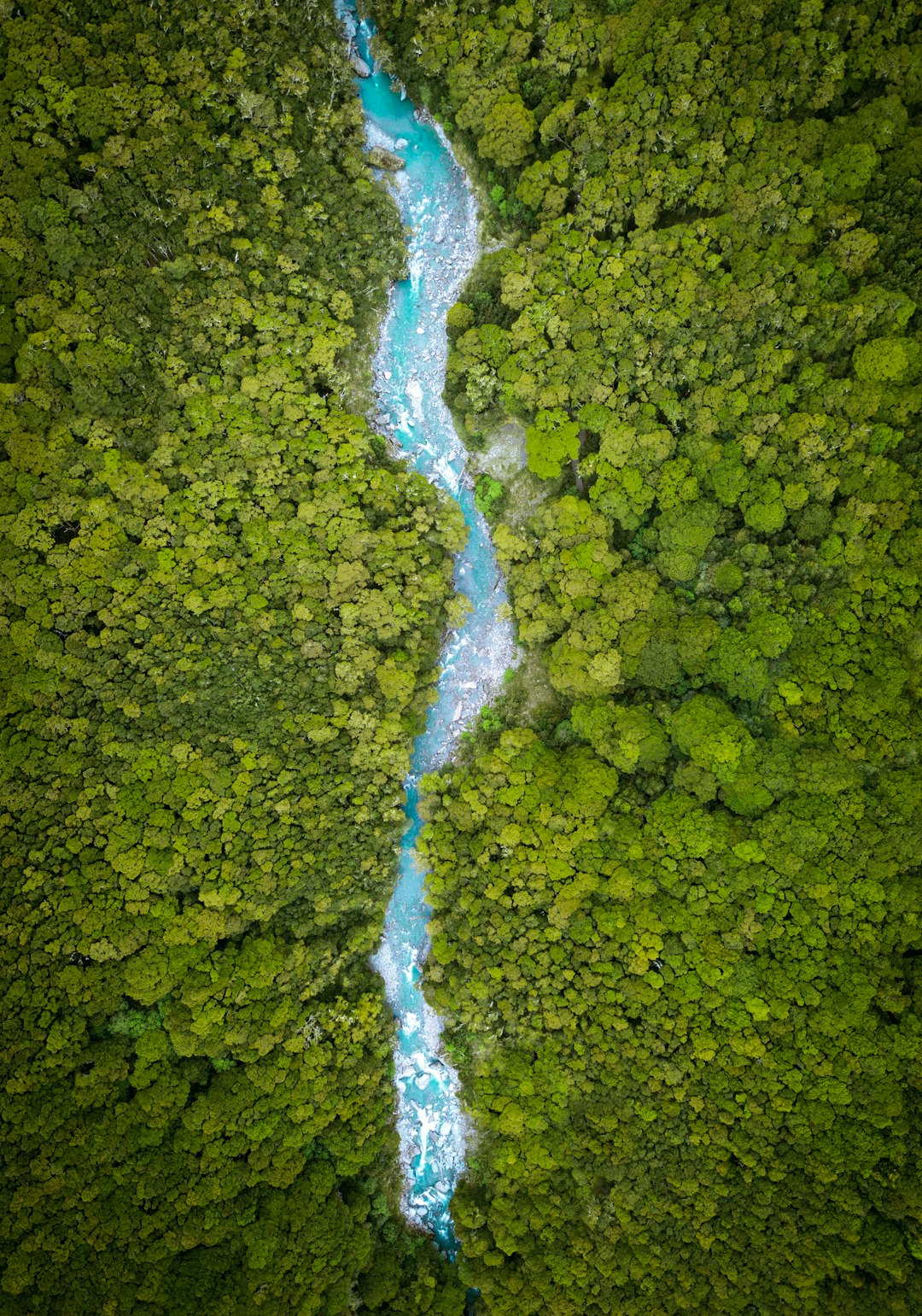
The breakthrough in understanding how the Amazon makes its own rain came from detective work at the molecular level. Scientists developed a technique that distinguishes between hydrogen and its heavier isotope deuterium, and lighter isotopes evaporate more easily than heavier isotopes. Moisture that evaporates from the ocean tends to be lighter than water vapor released into the atmosphere by plants, because during evaporation, water molecules containing deuterium get left behind in the ocean. The deuterium content was highest at the end of the Amazon’s dry season, during the “greening” period when photosynthesis was strongest. It’s like each water molecule carries a chemical passport showing where it came from, and the forest’s signature was unmistakable.
The Mystery of the Amazon’s Early Rainy Season Finally Solved
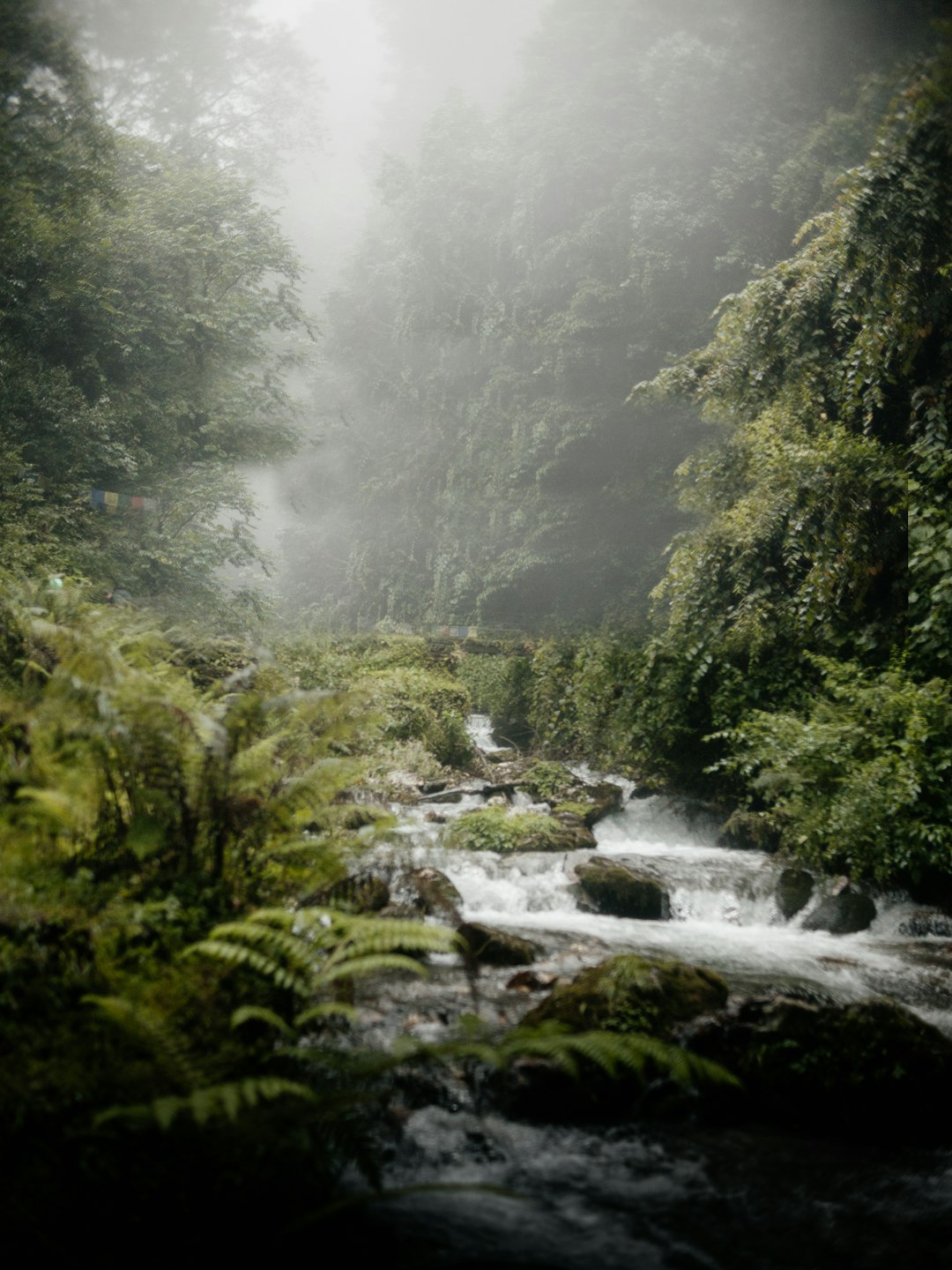
For decades, scientists were puzzled by one of the Amazon’s strangest weather patterns. Rains begin 2 to 3 months before seasonal winds start to bring in moist air from the ocean. It’s been a mystery why the rainy season begins when it does in the Amazon south of the equator. Now we know that the forest doesn’t wait for rain to arrive – it makes its own. During the transition from dry to wet season, transpired water becomes a significant moisture source for the atmosphere, and in particular for the middle troposphere, where the increasing water vapor provides the fuel needed to start the rainy season. The forest essentially kick-starts its own weather system, creating the conditions needed for survival without relying entirely on external weather patterns.
Flying Rivers Carry Amazon Weather Across Continents
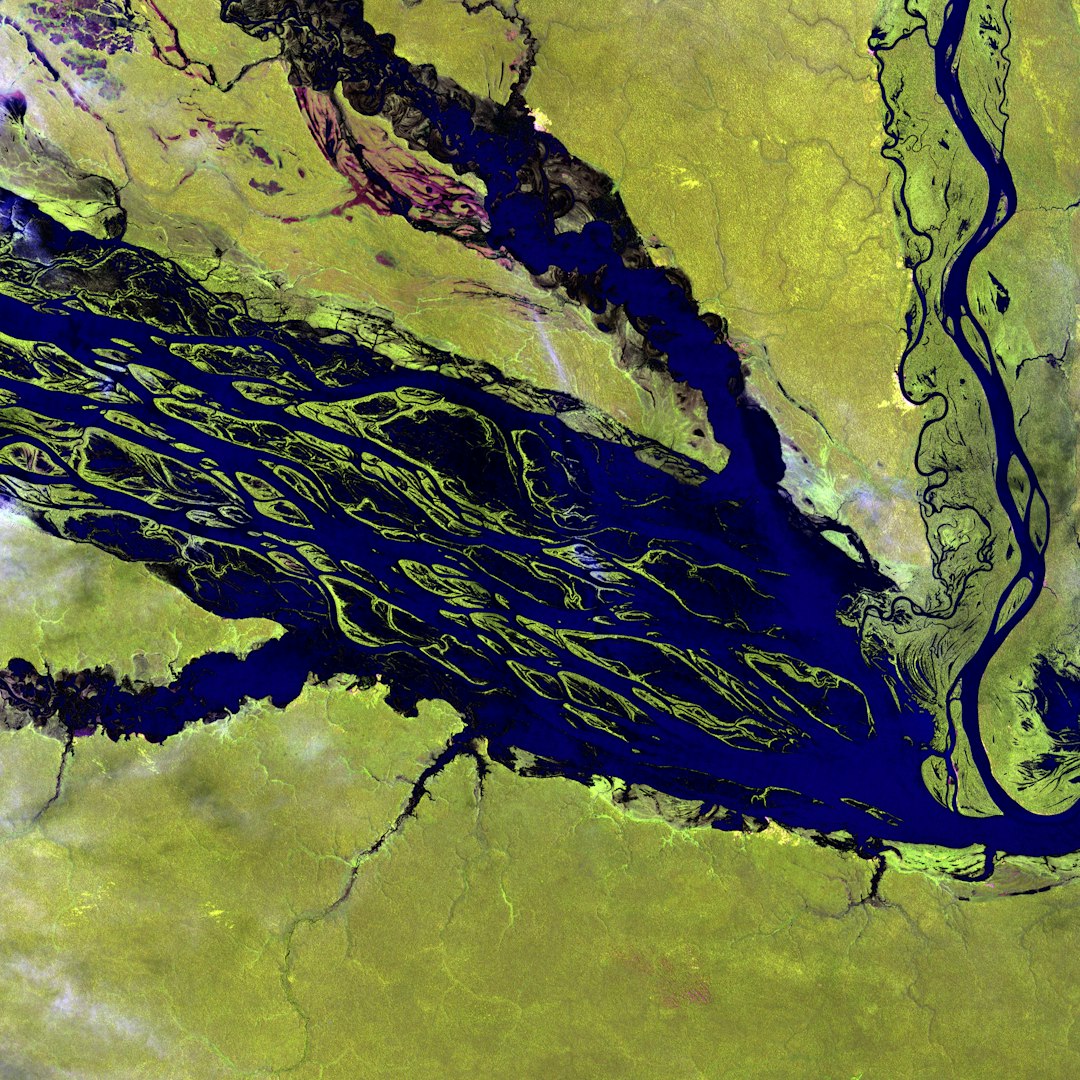
The water that rises from Amazon trees doesn’t just stay local – it travels incredible distances, affecting weather patterns thousands of kilometers away. Powerful winds can take these molecules thousands of kilometers away, and the winds that prevail at high altitudes above the Amazon rainforest can transport particles up to thousands of kilometers away from the sources. Even the “flying rivers” that carry humidity from the Amazon rainforest to other parts of the continent have turned into vast corridors of smoke that can be seen from space. These atmospheric rivers are so massive they influence rainfall patterns across South America, demonstrating that the Amazon’s cloud-making abilities have continental-scale impacts.
Climate Models Had No Idea This Was Happening
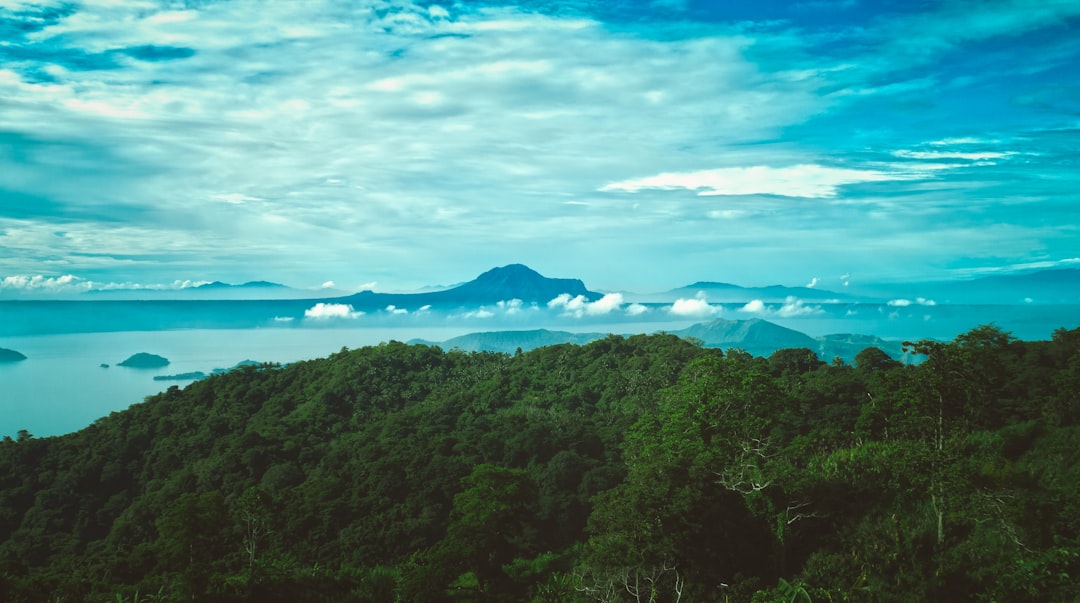
Despite all the sophisticated technology used to predict climate change, scientists admit they completely missed one of nature’s most important cloud-making mechanisms. The study shows that climate models are missing yet another major factor, and hardly anyone says “The models were wrong, and the experts had no idea”. This new source of biogenic particles in the upper troposphere may impact estimates of Earth’s climate sensitivity, since it implies that more aerosol particles were produced in the pristine pre-industrial atmosphere than previously thought. High concentrations of aerosol particles have been observed high over the Amazon rainforest for the past twenty years, but their source has remained a puzzle until now. The discovery reveals how much we still don’t understand about the systems that control our planet’s weather.
Six Hundred Million Tons of Invisible Cloud Seeds
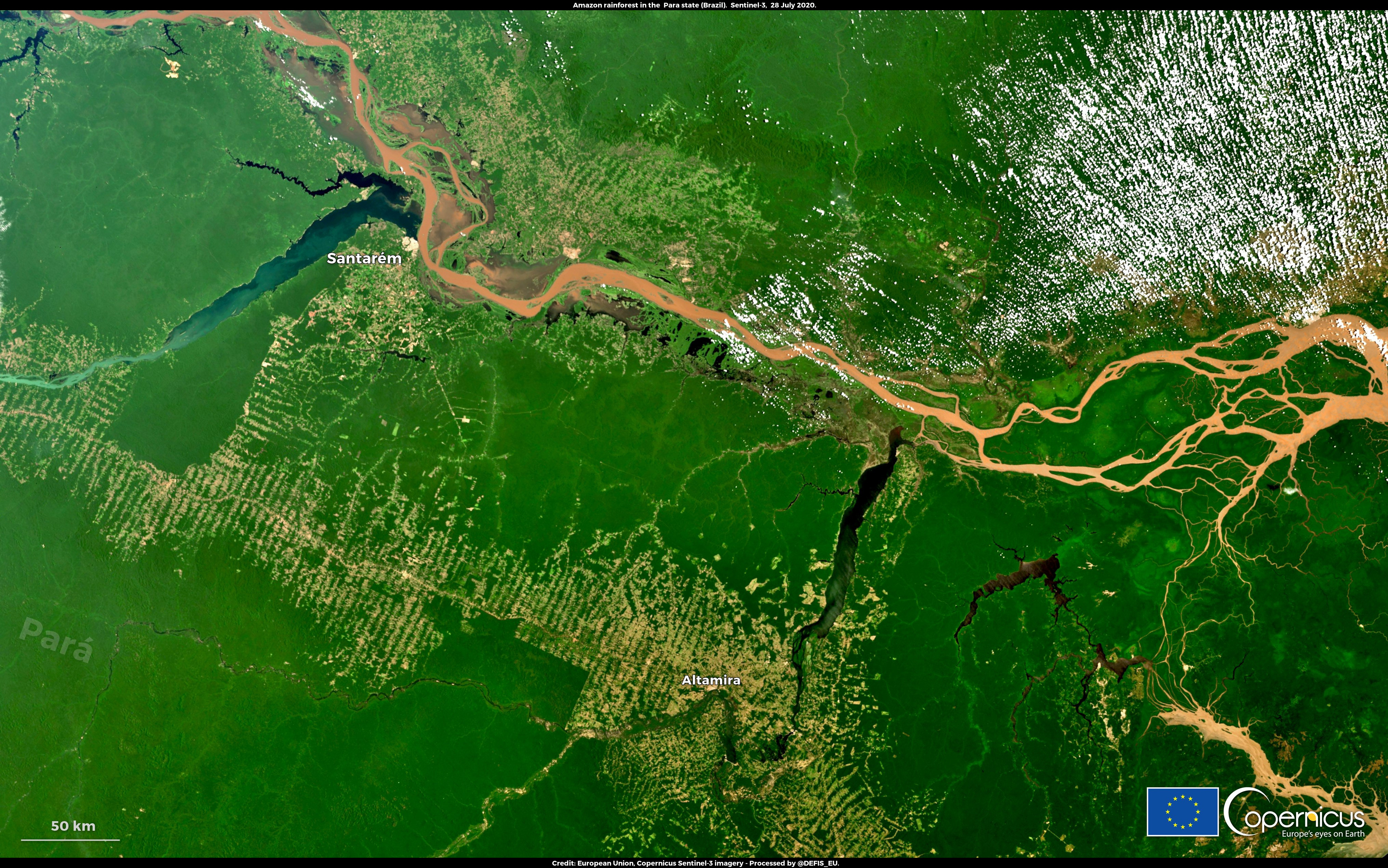
Every year, plants around the world release an enormous amount of a chemical compound that most people have never heard of. Plants worldwide are estimated to release 500 to 600 million tons of isoprene into the surrounding atmosphere each year, accounting for about half the total emissions of gaseous organic compounds from plants. The Amazon rainforest alone accounts for over a quarter of these emissions. Isoprene is quite reactive and doesn’t last long, and during daylight it’s destroyed within hours. For years, scientists thought this meant it couldn’t possibly affect cloud formation high in the atmosphere. They were spectacularly wrong about one of nature’s most important cloud-making ingredients.
Deforestation Breaks the Amazon’s Cloud Machine

The discovery of how the Amazon makes its own clouds makes the threat of deforestation even more alarming. Reducing the trees available to produce moisture would naturally reduce the forest’s cloud-building capacity. Deforestation releases greenhouse gases by eliminating carbon dioxide storage and disrupts water cycles and isoprene emissions, accelerating climate change. Forest degradation skyrocketed by 497% in 2024, driven primarily by fires that scorched vast areas of drought-stricken rainforest. When the forest’s cloud-making ability is damaged, it creates a vicious cycle where less rain leads to more fires, which leads to even less rain. Deforestation and climate change are warming and drying the region, pushing it closer to a tipping point where it can no longer survive as a rainforest, and if the Amazon reaches a tipping point, it will release billions of tonnes of CO2 into the atmosphere.
The Green Ocean’s Biological Cloud Factory
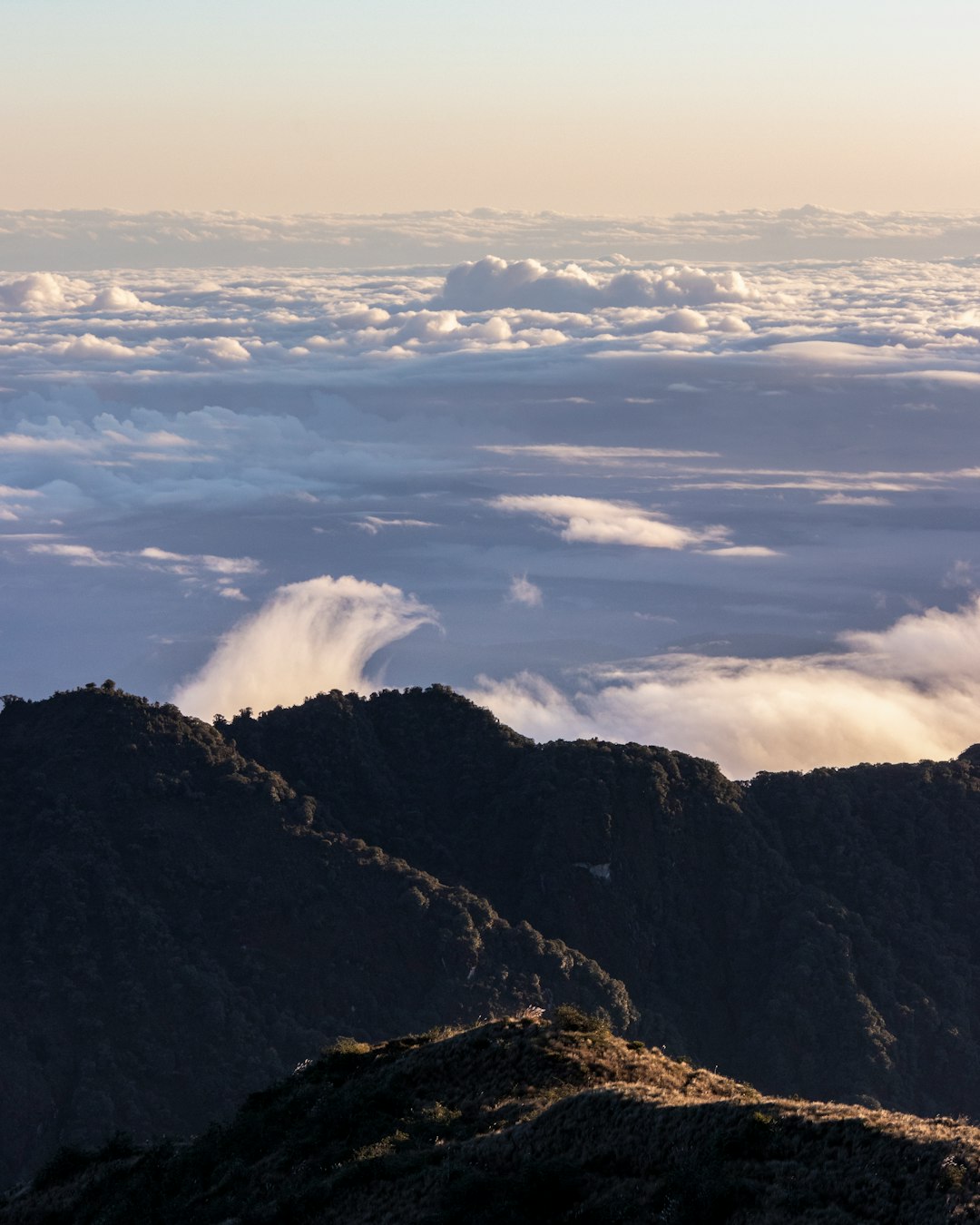
Scientists have started calling the Amazon the “Green Ocean” because of how similar its cloud-forming processes are to those over actual oceans. The Amazon is known as the Green Ocean for the way clouds form over it, though clouds over the Amazon form more like clouds over the ocean, they do have one distinct difference – the particles at the tiny droplets’ centers are mostly pollen and spores, not dust or soot. Submicron particles consist of 85 % secondary organic aerosol components, formed from volatile organic compounds which are released by the forest ecosystem and converted to low-volatile particles through photochemical reactions. The forest essentially runs a biological version of the same processes that create clouds over oceans, but using organic materials instead of sea salt.
A Self-Sustaining Weather System Under Threat
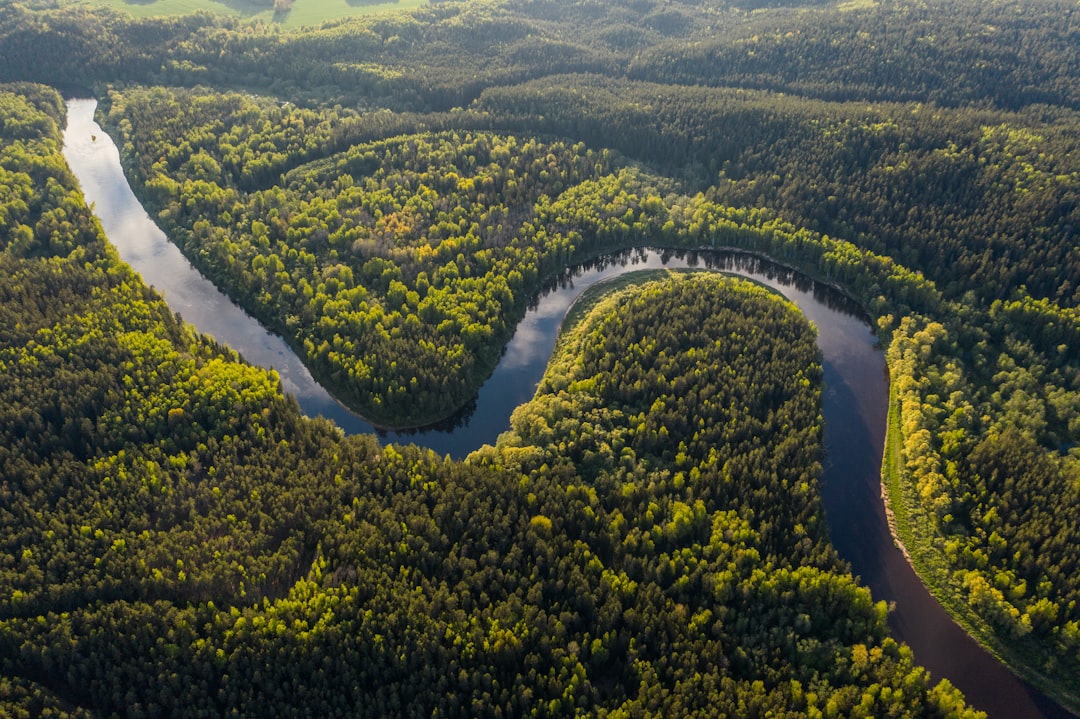
What makes the Amazon’s cloud-making ability so remarkable is that it creates a self-reinforcing system that has sustained itself for millions of years. The fate of the southern Amazon rainforest depends on the length of the dry season, but the length of the dry season also depends on the rainforest. The Brazilian rainforest during the rainy season can be described as a bioreactor, where water vapour rises from the forest and the plants, while growing, continue to release organic material into the atmosphere, on which new clouds grow. However, this delicate balance is increasingly under pressure from human activities and climate change. Experts warn that the Amazon may be approaching its point of no return, as deforestation and forest degradation have already affected around 13% of the biome. The forest’s ability to make its own weather could be the difference between survival and collapse.
The Amazon rainforest’s ability to manufacture its own clouds represents one of nature’s most sophisticated and previously hidden climate systems. Through the intricate dance of plant transpiration, thunderstorm dynamics, and high-altitude chemistry, the forest has created a self-sustaining weather machine that has operated for millennia. As scientists continue to unravel these complex processes, one thing becomes clear: protecting the Amazon isn’t just about saving trees – it’s about preserving one of Earth’s most important cloud factories. What other secrets might the forest be keeping that could change our understanding of how our planet’s climate really works?
